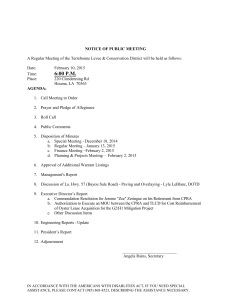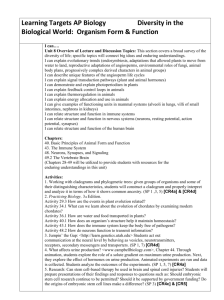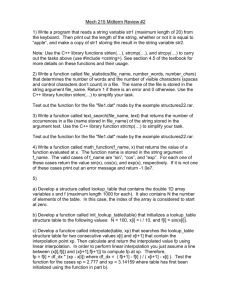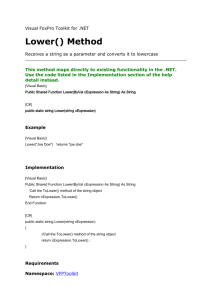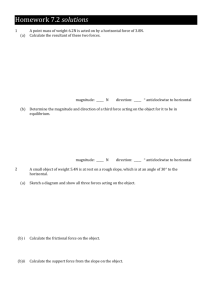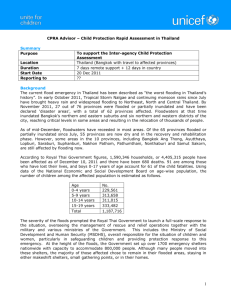Unit 7
advertisement
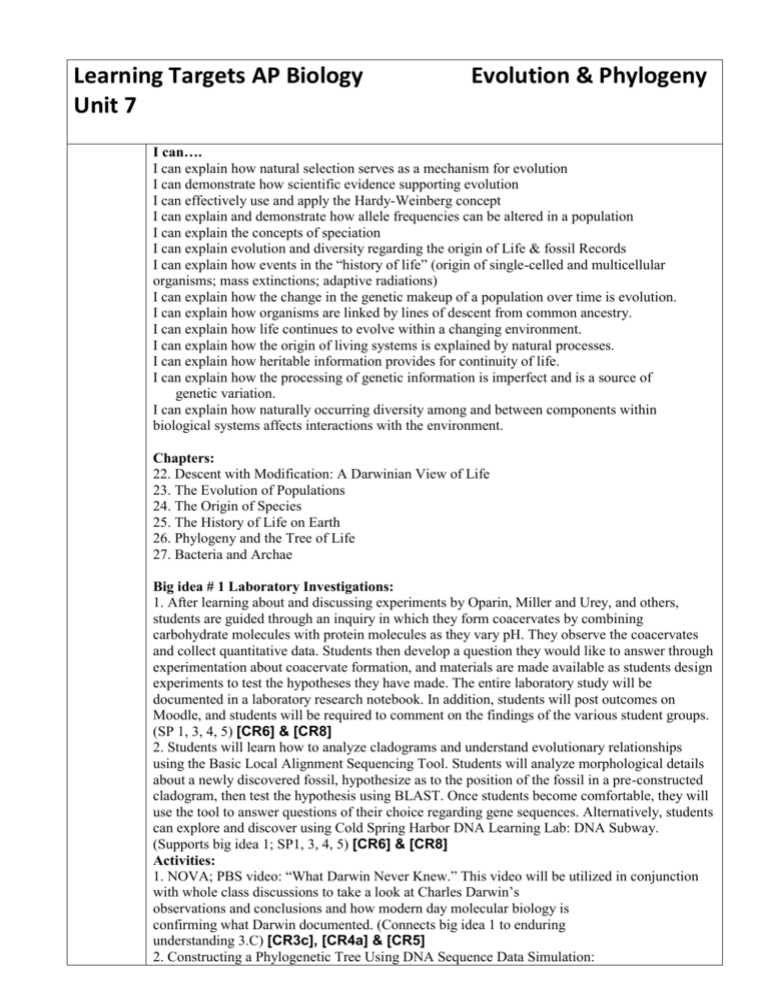
Learning Targets AP Biology Unit 7 Evolution & Phylogeny I can…. I can explain how natural selection serves as a mechanism for evolution I can demonstrate how scientific evidence supporting evolution I can effectively use and apply the Hardy-Weinberg concept I can explain and demonstrate how allele frequencies can be altered in a population I can explain the concepts of speciation I can explain evolution and diversity regarding the origin of Life & fossil Records I can explain how events in the “history of life” (origin of single-celled and multicellular organisms; mass extinctions; adaptive radiations) I can explain how the change in the genetic makeup of a population over time is evolution. I can explain how organisms are linked by lines of descent from common ancestry. I can explain how life continues to evolve within a changing environment. I can explain how the origin of living systems is explained by natural processes. I can explain how heritable information provides for continuity of life. I can explain how the processing of genetic information is imperfect and is a source of genetic variation. I can explain how naturally occurring diversity among and between components within biological systems affects interactions with the environment. Chapters: 22. Descent with Modification: A Darwinian View of Life 23. The Evolution of Populations 24. The Origin of Species 25. The History of Life on Earth 26. Phylogeny and the Tree of Life 27. Bacteria and Archae Big idea # 1 Laboratory Investigations: 1. After learning about and discussing experiments by Oparin, Miller and Urey, and others, students are guided through an inquiry in which they form coacervates by combining carbohydrate molecules with protein molecules as they vary pH. They observe the coacervates and collect quantitative data. Students then develop a question they would like to answer through experimentation about coacervate formation, and materials are made available as students design experiments to test the hypotheses they have made. The entire laboratory study will be documented in a laboratory research notebook. In addition, students will post outcomes on Moodle, and students will be required to comment on the findings of the various student groups. (SP 1, 3, 4, 5) [CR6] & [CR8] 2. Students will learn how to analyze cladograms and understand evolutionary relationships using the Basic Local Alignment Sequencing Tool. Students will analyze morphological details about a newly discovered fossil, hypothesize as to the position of the fossil in a pre-constructed cladogram, then test the hypothesis using BLAST. Once students become comfortable, they will use the tool to answer questions of their choice regarding gene sequences. Alternatively, students can explore and discover using Cold Spring Harbor DNA Learning Lab: DNA Subway. (Supports big idea 1; SP1, 3, 4, 5) [CR6] & [CR8] Activities: 1. NOVA; PBS video: “What Darwin Never Knew.” This video will be utilized in conjunction with whole class discussions to take a look at Charles Darwin’s observations and conclusions and how modern day molecular biology is confirming what Darwin documented. (Connects big idea 1 to enduring understanding 3.C) [CR3c], [CR4a] & [CR5] 2. Constructing a Phylogenetic Tree Using DNA Sequence Data Simulation: <http://www.accessexcellence.org/AE/> Students exchange the “ancestral DNA” with random mutations over time and make divergences into different evolutionary lines. A phylogenetic tree is constructed. Then, in a second part, students construct a phylogenetic tree of another group based strictly on nucleotide sequences of present-day organisms. (SP 1, 4, 5) [CR4a] 3. Evolutionary Time: The Geologic Time String <http://www.accessexcellence.org/AE> The Time String involves the use of a string. The string is 4.6 meters long, and each millimeter on the string represents 1 million years. Knots tied at distinct locations along the string represent extinctions, beginning of Eras, and so forth, in the geologic time table. (SP 7) [CR4a] 4. Practicing Biology, 3rd Edition. Activity 23.1 A Quick Review of HardyWeinberg Population Genetics. Alternatively, present students with HardyWeinberg problems from a variety of resources. Students apply the HardyWeinberg equation to determine frequencies of phenotypes and alleles. (SP 2) [CR4a] 5. HHMI video: “Evolution” Students will view the lecture on artificial selection and a class discussion will follow. 3
